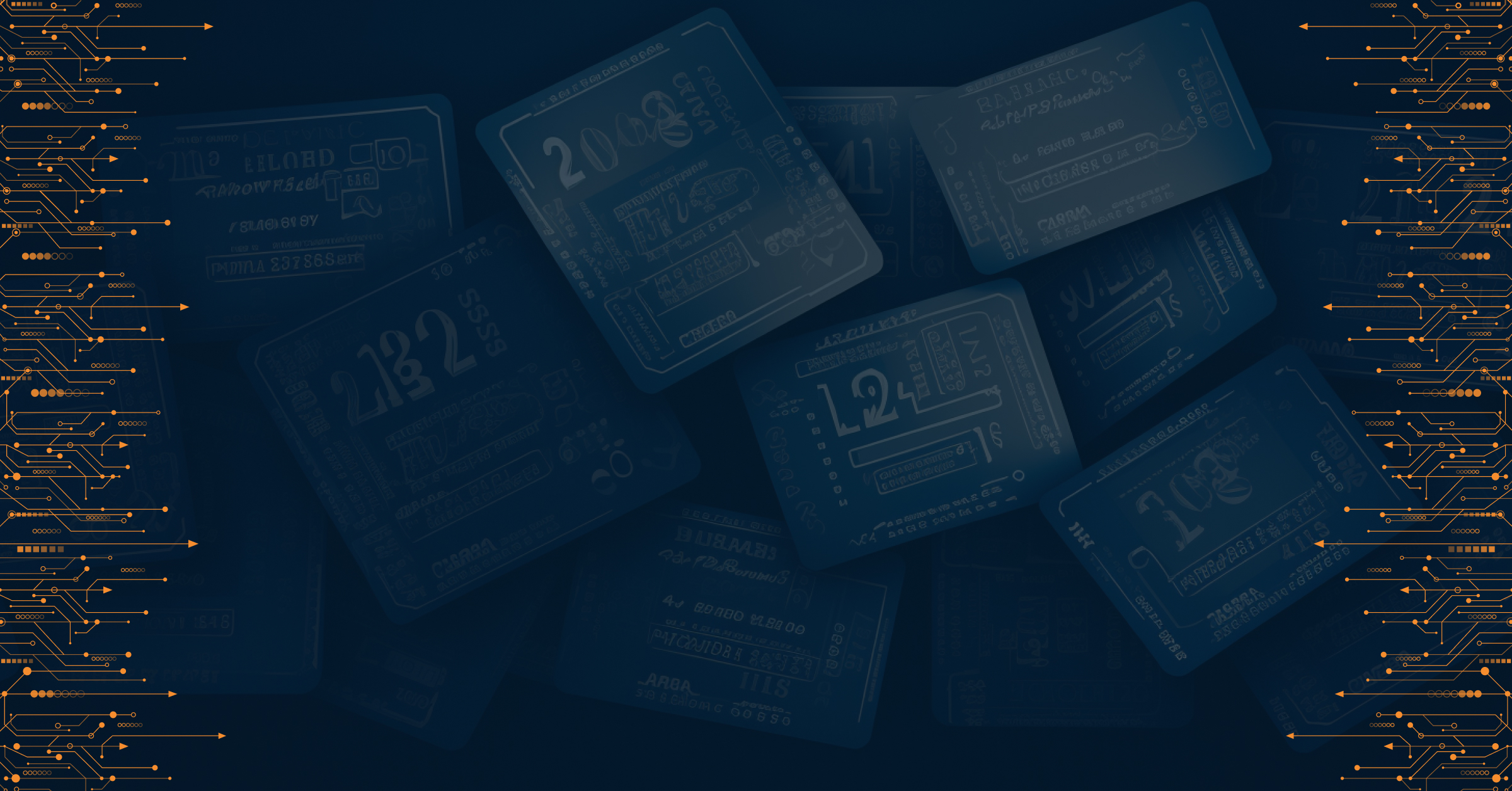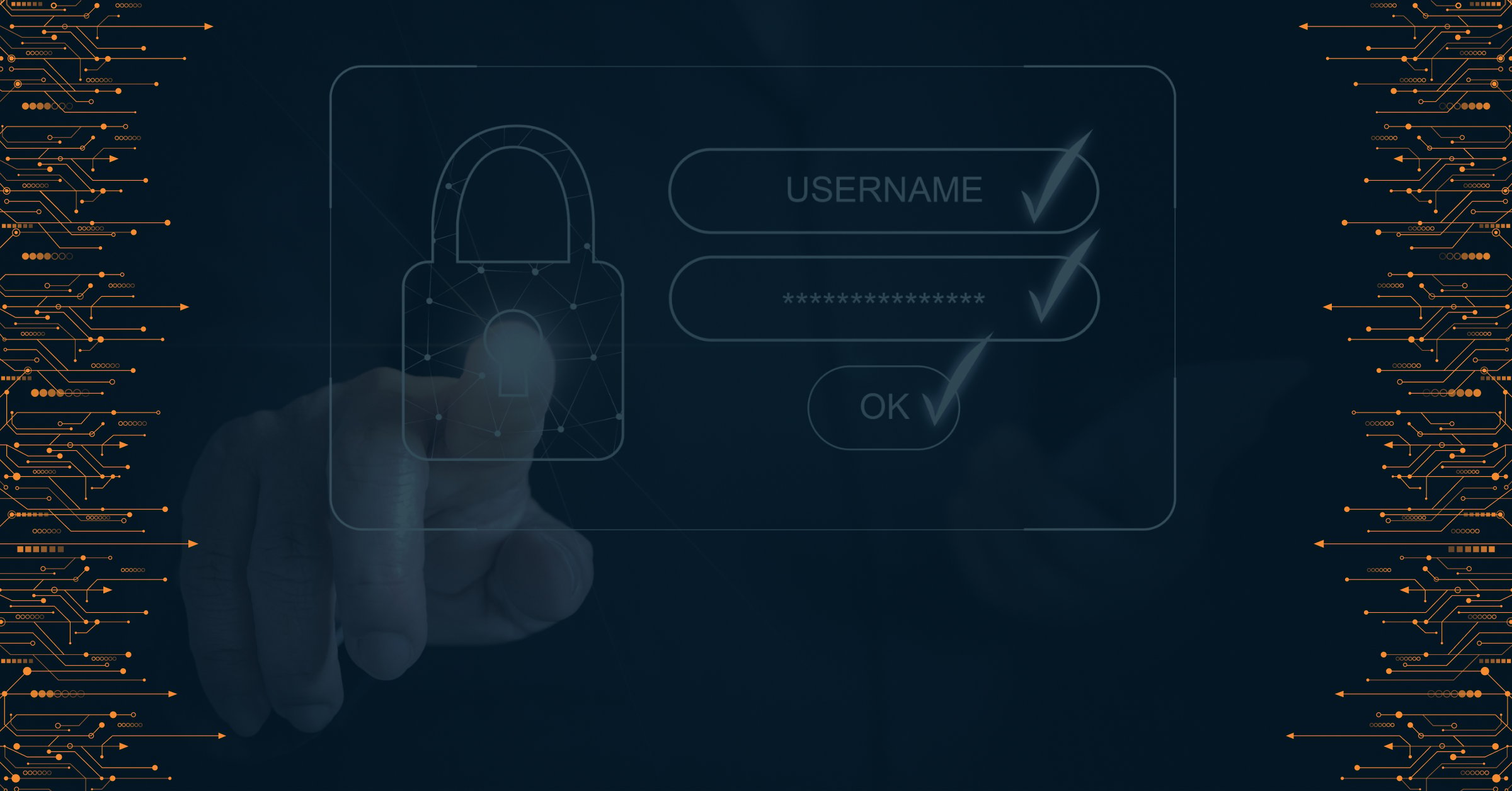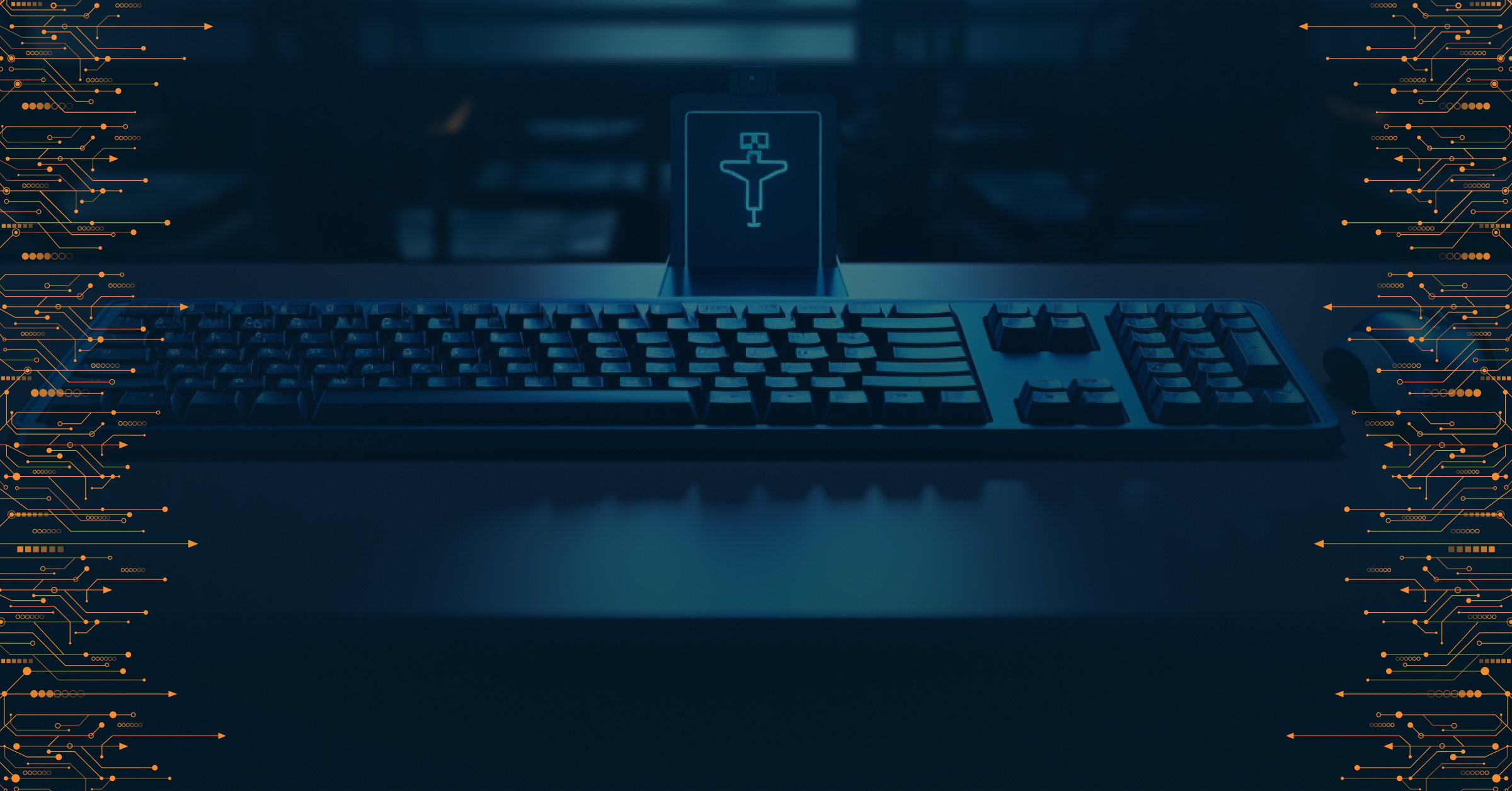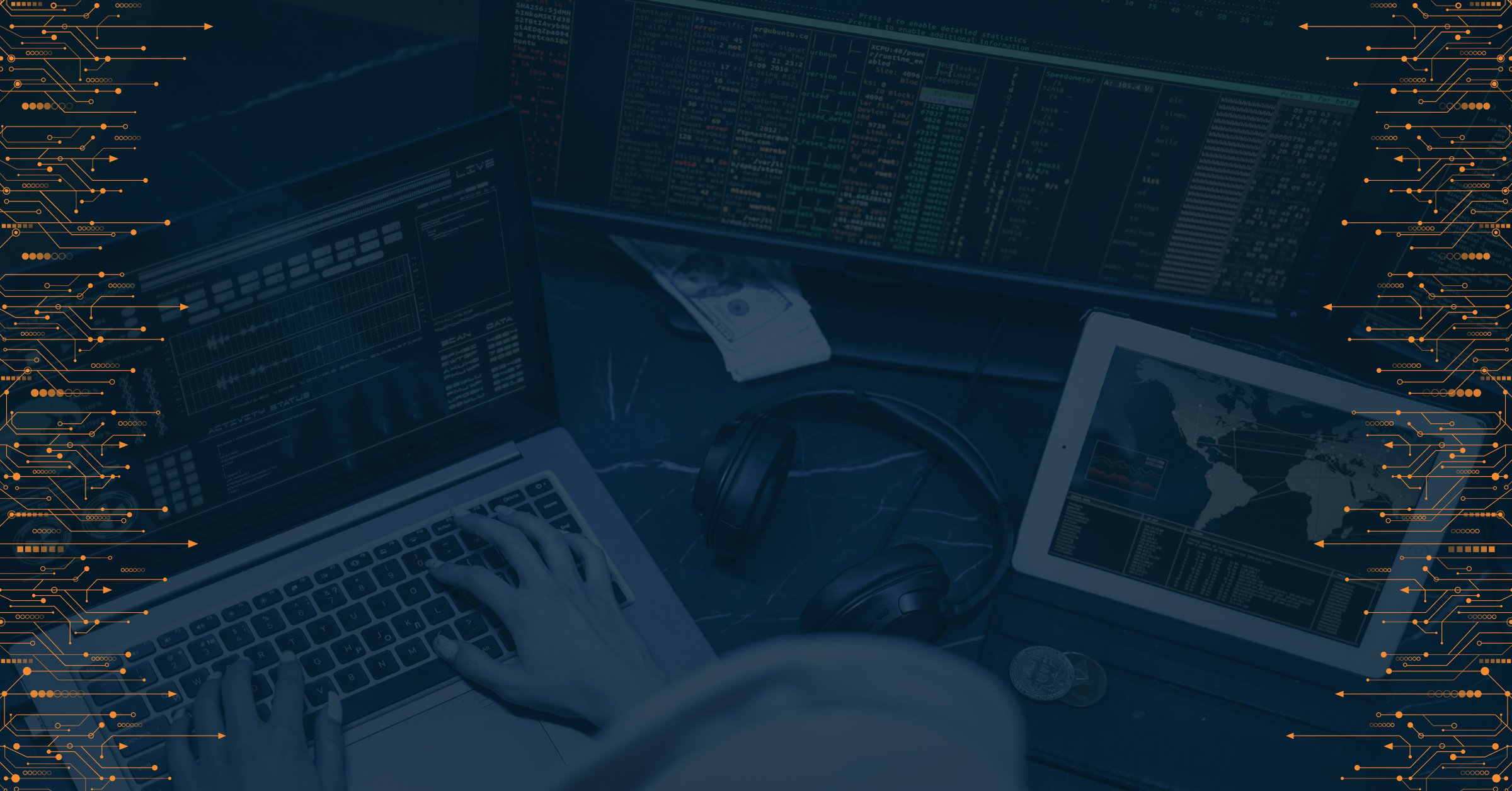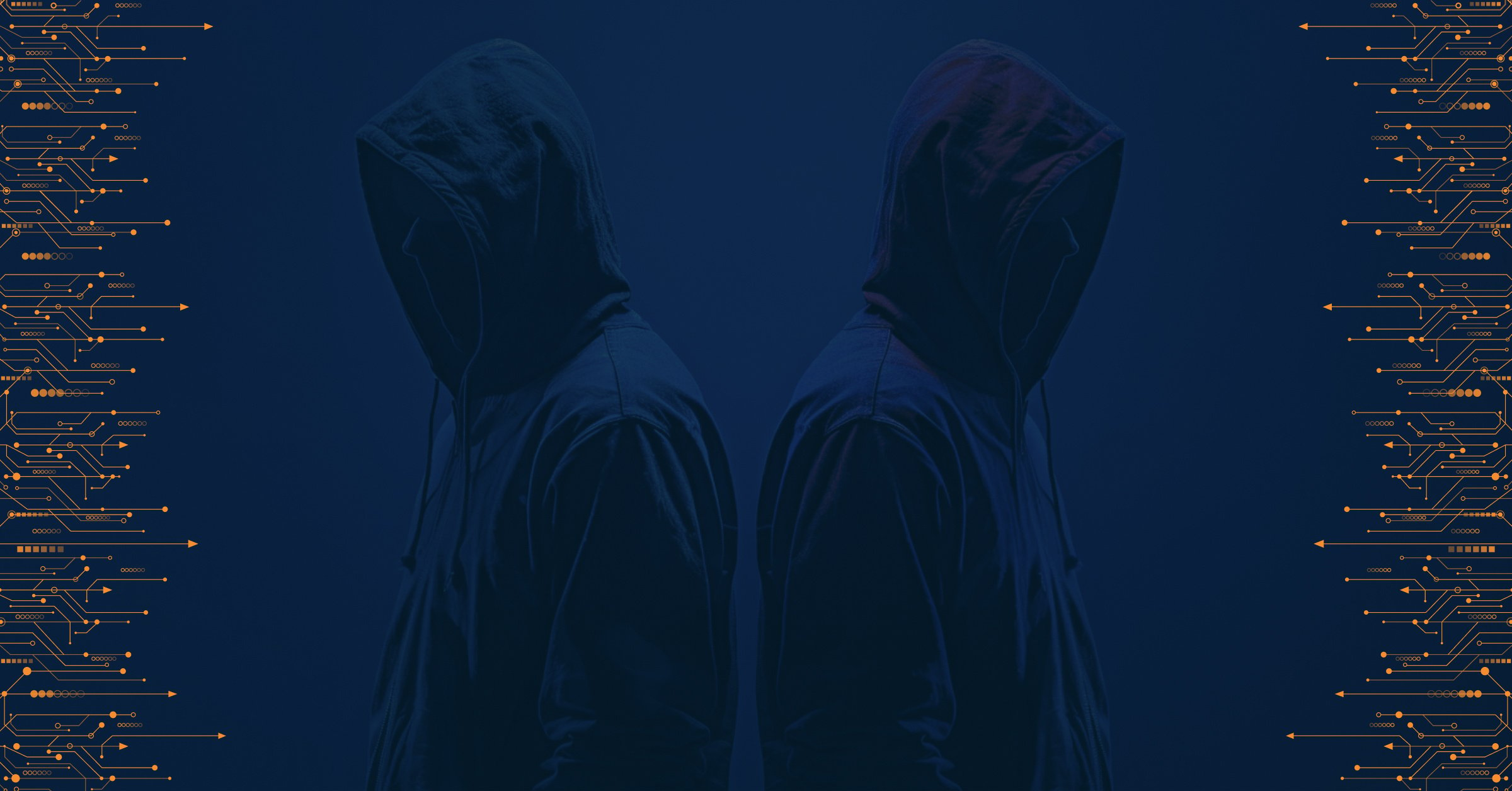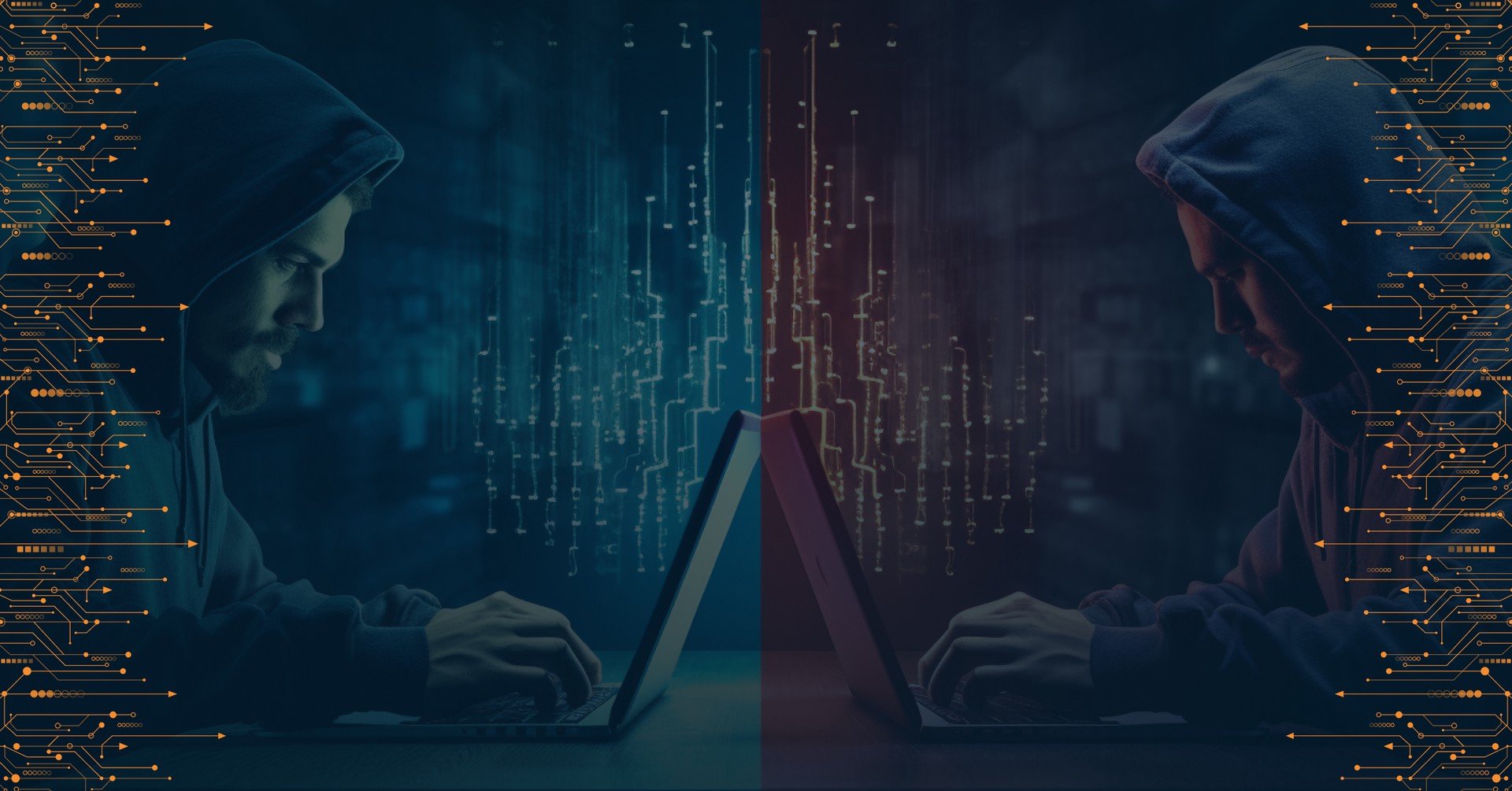Just as people eavesdrop on conversations between folks, network eavesdropping involves a malicious actor listening in on communication across two devices, including servers, computers, and smartphones.
According to research, over 37% of smartphones are at risk of eavesdropping attacks. Thus, it's more important now than ever to educate yourself on network eavesdropping, its repercussions, and ways to safeguard your business.
In today's article, we'll delve into what eavesdropping attacks are and how cybercriminals can listen in on your discussions. Further in the article, we'll explore tangible ways to combat network eavesdropping:
What are Eavesdropping Attacks in Network Security?
Before we delve into the intricacies of network eavesdropping, let's discuss the basics. These attacks are a significant cybersecurity concern, involving malicious actors that snoop into your private conversations.
Network eavesdropping attacks occur when the preparator spies on, modifies or deletes confidential data transmitted between two devices or an open network. Through these malicious attacks, cybercriminals can access information like passwords, credit card info, or other sensitive data.
Moreover, eavesdropping attacks are challenging to spot and can disrupt operational activity, lead to a ransom, or cause leaked confidential data. Besides, it can result in identity theft and significant financial losses.
Who Conducts Eavesdropping Attacks: A Few Examples
For businesses to understand the gravity of eavesdropping attacks, it's crucial to explore some real-life examples of APTs engaging in cyberattacks. Some threat actors tend to enjoy carrying out sophisticated eavesdropping and cyber espionage attacks.
These malicious bodies used state-of-the-art technology and innovative eavesdropping techniques to gather intelligence and confidential data from various targets, including critical infrastructure and political organizations.
How Does an Eavesdropping Attack Occur?
Network eavesdropping can vary depending on how the hacker performs the attack; however, all methods involve a weak or insecure network and a communication channel. Think of a clunky, outdated system, unencrypted devices, and poor firewalls- all factors that create loopholes for attackers to exploit.
Moreover, these cybercriminals 'sniff' out confidential data by leveraging social engineering methods, including phishing, installing malware, using network monitoring, and more. These network attacks are more sinister because it's challenging to know when and how they're occurring.
Five Methods Cybercriminals Use to Eavesdrop
Cybercriminals may use numerous methods to snoop on private conversations, including:
1. Using a Pickup Device
Most eavesdropping attackers use a physical, on-premise device to pick up sound or images, such as a bug, a microphone, or a recording device. As this involves planting the eavesdropping device in a specific room, the hacker must have physical access to the premises.
Moreover, the network eavesdropping attacker hides the device in unsuspecting areas, such as inside a pencil frame, a book, or behind a picture frame. These devices store and collect voices, images, or videos, allowing malicious actors to eavesdrop in real-time.
Furthermore, some physical pickup devices can capture and transmit digital information remotely, allowing hackers to spy on ongoing conversations. Besides this, hackers may utilize mini amplifiers to erase background noise.
2. Taking Advantage of Weak Security Systems
Many malicious actors do not use physical devices to eavesdrop on private conversations, as physical proximity can be difficult, especially if the victim is in a different region or secured space. As the world continues to digitalize, cybercriminals now find it easier to identify and exploit weaknesses in your company's security systems.
Through malware, phishing attacks, unencrypted data transfer, and application-layer loopholes, hackers can gain access to confidential data without alerting the victims. As a result, cybercriminals can eavesdrop on numerous conversations, steal private data, and leak information unnoticed.
3. Incorporating a Transmission Link
Hackers may use a transmission link between the pickup device and their receiver to listen in on private conversations. For this, the attacker uses a radiofrequency transmission or an active or unused wire, such as a telephone, electrical, or ungrounded electrical lines.
With the transmission link, the hacker will intercept your communication networks to eavesdrop on private discussions. Furthermore, the attacker may use a transmitter that operates around the clock or activates upon remote commands.
4. Identifying Weak Passwords
Research shows that over 80% of business data breaches occur due to compromised credentials. A weak password allows cybercriminals to gain unauthorized access to your accounts, allowing them to exploit corporate networks and confidential communication channels.
What's more? Creating weak business and personal passwords enables hackers to intercept activity and conversations between teams, steal valuable business information, and listen in on private discussions.
5. Leveraging Open Networks
Connecting to open networks in public cafes, transport, or other communal places exposes you to cyberattacks. These insecure networks lack data encryption, creating the ideal situation for network eavesdropping attackers to snoop on private communications.
Furthermore, hackers can easily monitor information passed through confidential communication channels taking place on the open network.
How Does Eavesdropping Affect Your Business?
Network eavesdropping attacks can have disastrous effects on your business, affecting its operations, security, and reputation. Here's a closer look at the impacts of these attacks:
Leaks Sensitive Data
Eavesdroppers can intercept confidential data, such as customer info, financial data, and intellectual property. Thus, these malicious attackers can leak this sensitive information and disrupt routine operations.
Causes Financial Losses
Hackers' eavesdropping on private communication channels can exploit financial systems to gain unauthorized access, leading to the theft of funds or fraud. Additionally, these cybercriminals may extract confidential data to demand businesses or individuals ransom.
Furthermore, businesses may incur significant financial losses by suffering reputation damage, driving customers to competitors.
Disrupts Business Privacy
If your business handles personal employee or customer information, eavesdropping attacks can result in privacy violations. As a result, your company may harm the customer's trust and face hefty regulatory fines (or legal action!).
Erodes Business Reputation
A network eavesdropping incident can take a massive toll on your business's reputation, especially if it causes confidential data leakage. Many customers and partners may lose trust in your ability to protect their data.
Furthermore, it can be challenging to recover, as fewer clients are willing to trust companies with a weak cybersecurity strategy.
Increases Identity Theft Risks
Eavesdropping attacks allow hackers to listen in on confidential conversations that occur over a seemingly safe communication channel. As such, they may unknowingly reveal sensitive information, allowing the hacker to steal their credentials and carry out other cybercrimes.
Besides, the eavesdropping attack can lead to severe data breaches, leading to financial and legal consequences.
How to Protect Your Business Against Eavesdropping Attack?
Good news- there are various ways your business can mitigate the risk of eavesdropping attacks! Here are the top five tips to safeguard your confidential data:
Incorporate High-Grade Authentication
Encourage your IT and cybersecurity teams to leverage modern authentication practices for incoming network packets. Most businesses rely on cryptographic protocols, such as TLS, S/MIME, and Open PGP, to ensure your private conversations are well-protected.
Besides this, ensure your software is up-to-date with the latest releases, as attackers can easily exploit vulnerabilities in outdated programs.
Add Firewalls and Encryption
Prevent network eavesdropping attacks by encrypting data transmission and private conversations over a network or communication channel. One of the best ways to protect confidential data is to utilize military-grade encryption, making it nearly impossible for cybercriminals to get past it.
Furthermore, firewalls are another fantastic way to reduce the risk of eavesdropping attacks. So, consider installing next-generation firewalls in your personal and business devices to monitor and prevent network intruders.
Foster Cybersecurity Awareness
Educating employees on the risks of eavesdropping attacks is crucial to protect your organization. If any one of your employees fails to spot a phishing email or downloads insecure applications on a weak network, an eavesdropping attacker could easily gain unauthorized access to your business's confidential conversations.
For this reason, businesses must organize training sessions with employees to educate them on how these attacks work and ways to combat them. With a better understanding of cybersecurity attacks, employees can learn and follow best practices to limit the risk of an attack and prevent significant damage.
Beware of Phishing and Shady Links
Since most malicious attackers rely on phishing attempts to gain unauthorized access to confidential communication channels, it's integral for businesses to take the necessary steps to filter them out. In addition, ensure you train employees on how to spot and avoid phishing attempts.
What's more? Spreading awareness of cyberattacks empowers your team to avoid shady and suspicious links that can spread malevolent malware. Ensure your employees are familiar with the Operation Security protocols to know how to download official software from reliable sources.
Invest in (Endpoint) Threat Detection
When it comes to cyberattacks, your business information and networks are as secure as your weakest link - the endpoints connected to your networks. Thus, companies must analyze and monitor endpoints to minimize the risk of eavesdropping attacks.
Furthermore, with a robust networking monitoring and threat detection tool, businesses can identify and eliminate malware or devices that cybercriminals may have installed within your network. They can even easily detect any malicious activity, malware attack, and unusual movement before it can turn into something more sinister and dangerous.
The Bottom Line
The risk of eavesdropping attacks looms large on businesses worldwide. These malicious attackers can sneak into private conversations, steal sensitive data, and wreak havoc on your workplace operations and reputation.
Thus, it's now more important than ever for your business to foster a cybersecurity culture to educate employees, use strong passwords, embrace encryption, and keep a lookout for shady links. Besides this, ensure you reinforce your cybersecurity measures and encourage your team to avoid open networks without a robust VPN.
That way, you can create a proactive defense against network eavesdropping attackers. Trust us; your confidential data will thank you!

PRODAFT Team
Stay up to date
Browse Posts
Browse by topics
- Cybercrime awareness (15)
- Cybersecurity for Businesses (10)
- Risk management (7)
- Cybersecurity Tips (6)
- Digital safety (6)
- Proactive Threat Intelligence (6)
- Cyber threat protection (5)
- Cyberattacks (5)
- Risk intelligence (5)
- Threat Prevention (5)
- Data Protection (4)
- Network Security (4)
- Phishing (4)
- Supply chain risks (4)
- TTPs (4)
- Artificial intelligence (3)
- Critical network infrastructures (3)
- Malicious websites (3)
- Malware (3)
- Social engineering (3)
- Data breaches (2)
- Insider Threats (2)
- NIS2 Directive (2)
- Ransomware (2)
- CISOs (1)
- Cryptocurrencies (1)
- Cyber espionage (1)
- Cyber extortion (1)
- Cyber fraud (1)
- Cybersecurity Collaboration (1)
- DDoS Attacks (1)
- Deepfakes (1)
- DoS Attacks (1)
- Fake social media (1)
- Incident Response (1)
- Internet of things (1)
- Money Laundering (1)
- Multi-factor authentication (1)
- One-day vulnerability (1)
- Remote Work (1)
- Stealers (1)
- SystemBC (1)
- The Cyber kill chain (1)
- Threat Intelligence solutions (1)
- Tor browser (1)
- Traffic Distribution System (1)
- Zero-day vulnerability (1)
- dark web (1)
- deep web (1)
- keyloggers (1)
- social media (1)
- spoofing (1)
- threat detection (1)

